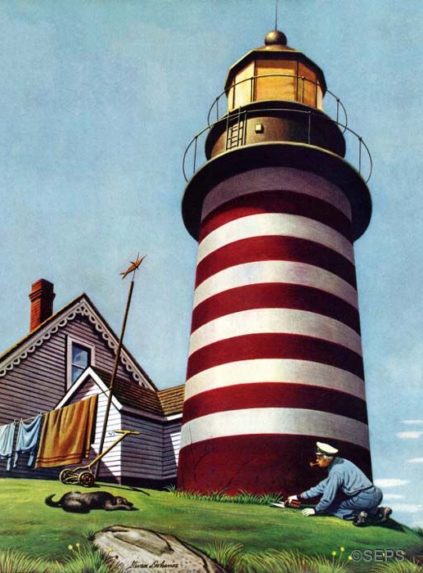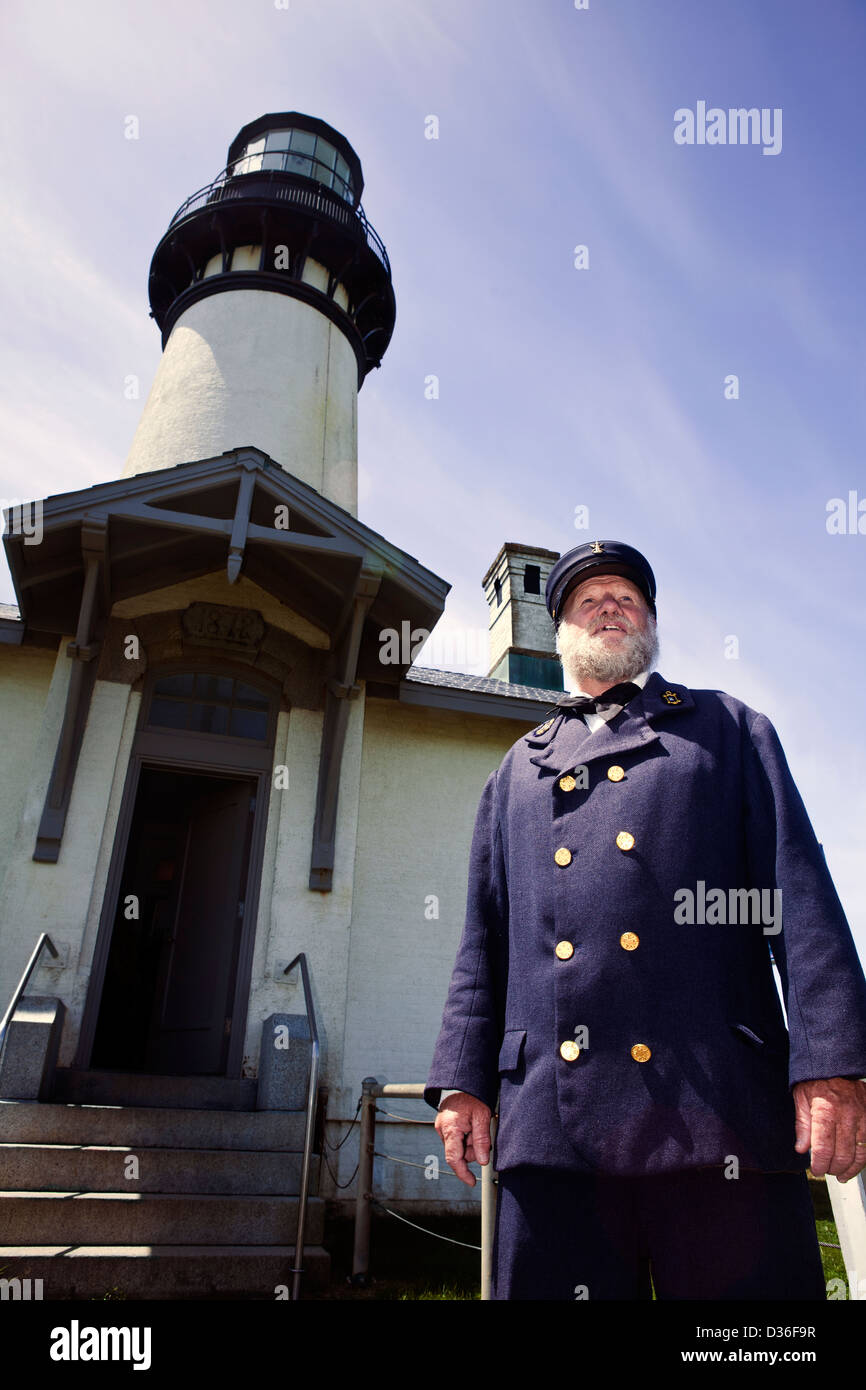

Lighthouse Service in 1873, construction of the Light Station didn’t begin until 1908. Ashbourne: Landmark Publishing Ltd.Although Point Cabrillo was surveyed by the U.
^ Denton, Tony Leach, Nicholas (2007). ^ A pictorial and descriptive guide to Falmouth, the Lizard, Truro, St. ^ Parliamentary Papers (Income and Expenditure of the General Lighthouse Fund, 1912-13) volume 60, page 6. British Lighthouses: Their History and Romance. and a few important land lights are at the present time of catoptric type, including those at St Agnes (Scilly Islands), Cromer and St Anthony (Falmouth)  ^ Douglass, William Tregarthen Gedye, Nicholas George (1911). "Saint Anthony's Lighthouse and Keepers Cottage (1136282)". Lost Sounds: The Story of Coast Fog Signals. ^ "Lighthouse management : the report of the Royal Commissioners on Lights, Buoys, and Beacons, 1861, examined and refuted Vol. University of North Carolina at Chapel Hill. "Lighthouses of Southwest England (Devon and Cornwall)". Mawes is also featured in some scenes from the programme. Anthony's lighthouse was featured in the intro of the UK version of Jim Henson's Fraggle Rock, as "The Fraggle Rock Lighthouse". The fog horn blasts once every 30 seconds. Today the light is automated, flashing every 15 seconds, with a red sector for The Manacles and a range of 22 miles. The fog bell, which hung from the gallery at the front of the tower, was therefore decommissioned it was donated to the nearby Penwerris church, but after many years of sitting on the church front lawn, was taken away to be melted down. At the same time an experimental electric fog signal was introduced, sounding from 35 Tannoy emitters (subsequently Trinity House installed fog signals of this type at a dozen or so other lighthouses). As part of these improvements the subsidiary light was discontinued, being replaced by the addition of a red sector to the main lamp.Īn electric light was introduced when electricity was connected to the lighthouse in 1954. The size of the lens meant that the height of the lantern had to be increased. In 1912–13, however, work was underway for the 'improvement of high and abolition of low light': and by 1920, the light source had been changed to pressure vapour and a large ( first-order) fixed Fresnel optic had been introduced (along with a clockwork occulting mechanism, which eclipsed the light for three seconds in every twenty). At that time it still used the same arrangement of eight lamps, providing a flash every twenty seconds. Īfter the closure of the lighthouse at St Agnes, Isles of Scilly in 1911, St Anthony's was (along with Cromer) one of the only major Trinity House lights still using reflectors rather than Fresnel lenses.
^ Douglass, William Tregarthen Gedye, Nicholas George (1911). "Saint Anthony's Lighthouse and Keepers Cottage (1136282)". Lost Sounds: The Story of Coast Fog Signals. ^ "Lighthouse management : the report of the Royal Commissioners on Lights, Buoys, and Beacons, 1861, examined and refuted Vol. University of North Carolina at Chapel Hill. "Lighthouses of Southwest England (Devon and Cornwall)". Mawes is also featured in some scenes from the programme. Anthony's lighthouse was featured in the intro of the UK version of Jim Henson's Fraggle Rock, as "The Fraggle Rock Lighthouse". The fog horn blasts once every 30 seconds. Today the light is automated, flashing every 15 seconds, with a red sector for The Manacles and a range of 22 miles. The fog bell, which hung from the gallery at the front of the tower, was therefore decommissioned it was donated to the nearby Penwerris church, but after many years of sitting on the church front lawn, was taken away to be melted down. At the same time an experimental electric fog signal was introduced, sounding from 35 Tannoy emitters (subsequently Trinity House installed fog signals of this type at a dozen or so other lighthouses). As part of these improvements the subsidiary light was discontinued, being replaced by the addition of a red sector to the main lamp.Īn electric light was introduced when electricity was connected to the lighthouse in 1954. The size of the lens meant that the height of the lantern had to be increased. In 1912–13, however, work was underway for the 'improvement of high and abolition of low light': and by 1920, the light source had been changed to pressure vapour and a large ( first-order) fixed Fresnel optic had been introduced (along with a clockwork occulting mechanism, which eclipsed the light for three seconds in every twenty). At that time it still used the same arrangement of eight lamps, providing a flash every twenty seconds. Īfter the closure of the lighthouse at St Agnes, Isles of Scilly in 1911, St Anthony's was (along with Cromer) one of the only major Trinity House lights still using reflectors rather than Fresnel lenses. 

A set of weights, descending a 38-foot (12 m) shaft, drove the rotating optic during foggy weather additional, heavier weights were engaged and the same mechanism then also activated the bell, which sounded four times every minute. It hung from a girder attached to the front of the gallery. Ī fog-bell was installed in 1865, replaced in 1882 by a larger, two-ton bell, 5-foot (1.5 m) in diameter (reputedly the heaviest bell in Cornwall). After 1903 this subsidiary light was instead shown from a separate 'hut' 20 ft (6.1 m) from the tower itself. (At the time the principal keeper and his family lived in the tower itself, while the assistant lived in the cottage, linked to the lighthouse by a covered way). In 1865 an additional lamp and reflector were installed 'in the living room of the principal keeper' which shone a fixed light through a square window in the direction of a dangerous cluster of rocks known as The Manacles. The light was seen to flash once every twenty seconds. The lighthouse was designed by James Walker and built in 1835 by Olver of Falmouth, for Trinity House and the original light came from eight Argand oil lamps mounted on a revolving frame. The harbour is also known as Carrick Roads and is one of the largest natural harbours in the world. St Anthony's Lighthouse ( Cornish: Golowji Entenin) is the lighthouse at St Anthony Head, on the eastern side of the entrance to Falmouth harbour, Cornwall, UK. Octagonal tower with balcony and lantern attached to a 2-storey keeper's house








 0 kommentar(er)
0 kommentar(er)
